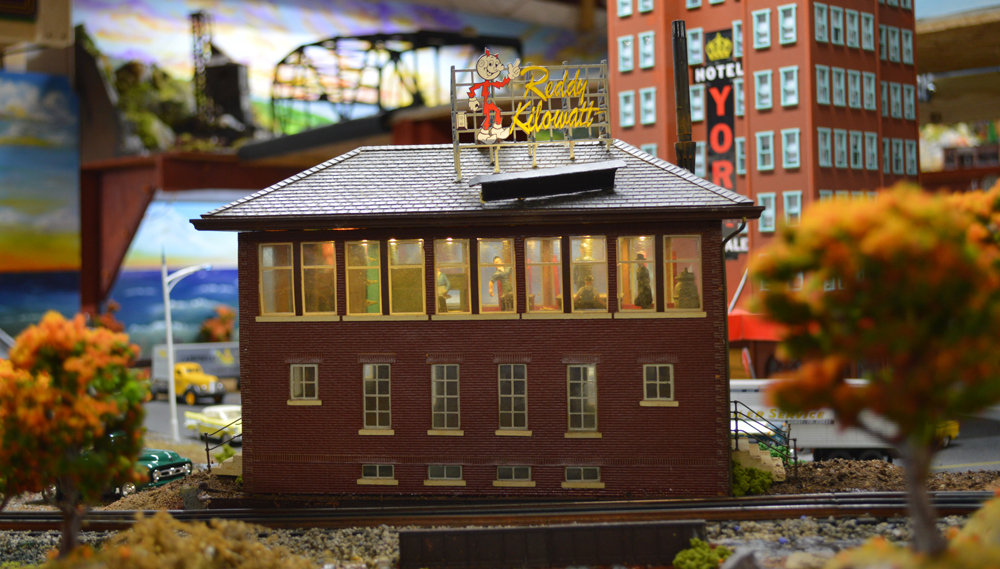
I have hunted for a variety of antiques and collectibles over the years. From old phonographs and projectors to motion lamps and of course, model trains. I often wonder about how an item ended up where it was when I ran across it. For example, I have a complete collection of the first two years […]
Read More…
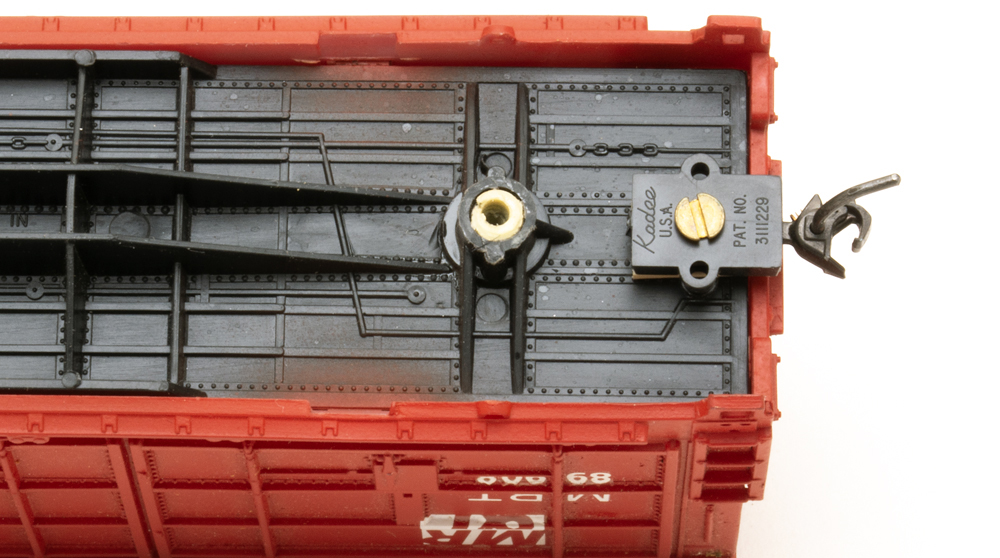
Q: Was there ever an article on converting old railcars to accept modern trucks and couplers? I have a few HO Tyco cars that need to be converted. — Jason Trew A: Jim Kelly and Andy Sperandeo co-authored “Kadee couplers” in the May 1981 issue of Model Railroader. The article covered both N and HO […]
Read More…
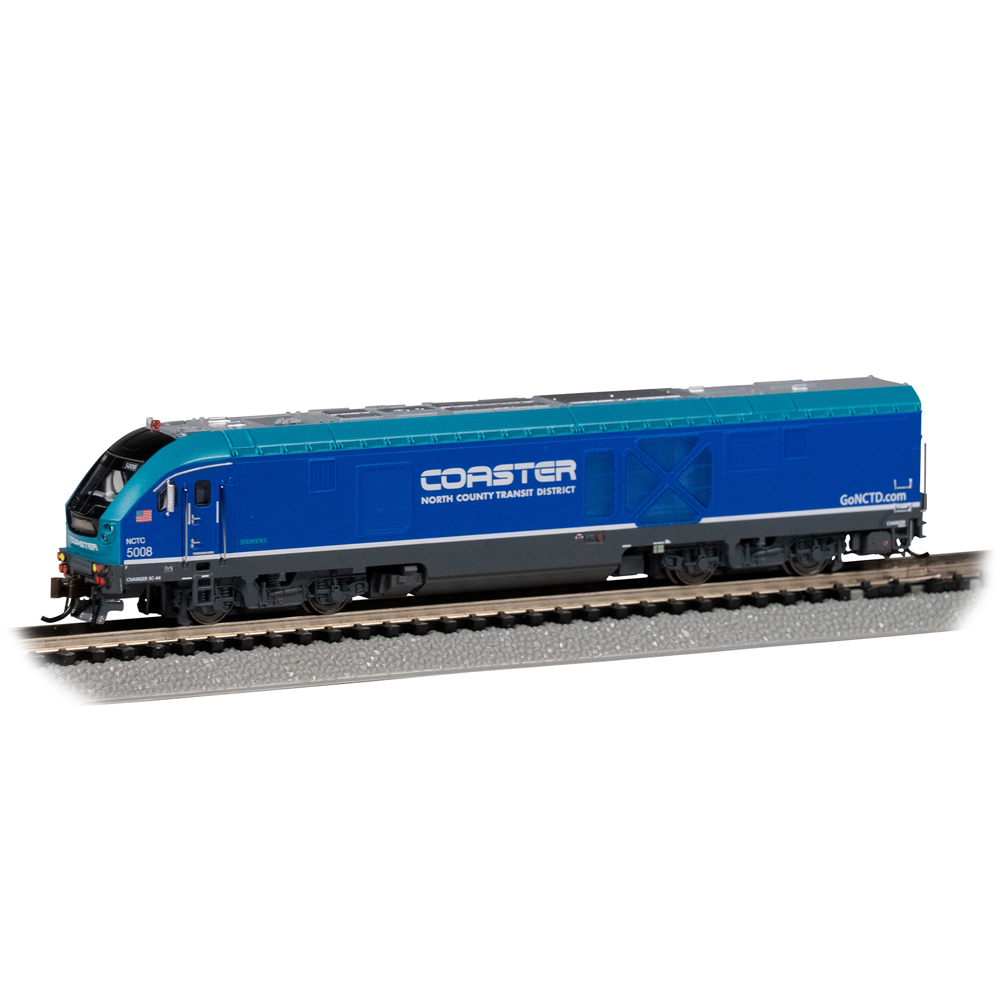
News & Products for the week of January 21st 2025 Model railroad operators and builders can get the latest information about locomotives, freight cars, passenger cars, tools, track, and more by reading Model Railroader’s frequent product updates. The following are the products Model Railroader editors have news on for the week of January 21st, […]
Read More…
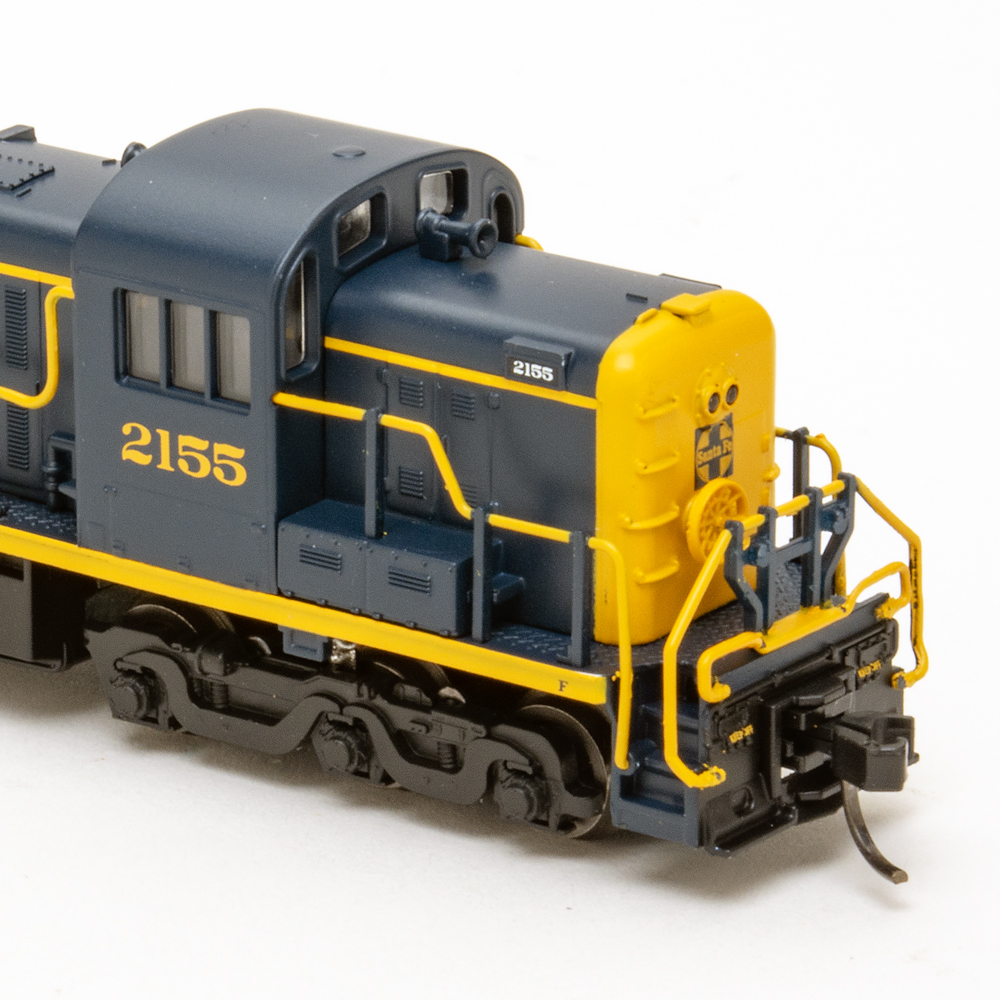
The Alco RSD5 diesel locomotive is back for another run in the N scale Atlas Classic line. The six-axle road switcher, part of the Atlas lineup since 1999, is now offered with a factory-installed speaker (Silver Series), an ESU LokSound V5 Digital Command Control and sound decoder (Gold Series), and a revised chassis. Prototype history […]
Read More…
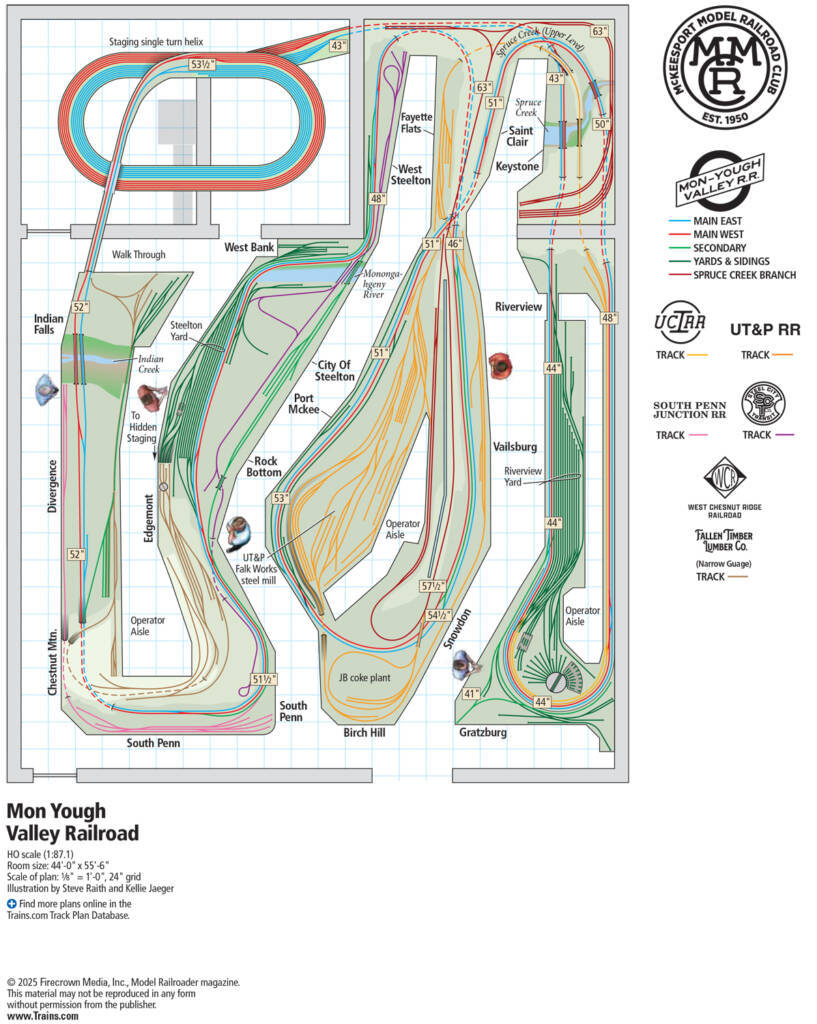
Facts and features Name: Mon Yough Valley RRScale: HO and HOn3Size: model railroad: 41 x 53 feet, room: 44′-0″ x 55′-6″Prototype: freelanced Class I and short linesLocale: western PennsylvaniaEra: late 1950s – early 1960sStyle: walk around with operator aislesMainline run: combined double track main of 13.5 scale miles.Minimum radius: 32″ (main), 22″ (industrial and branch […]
Read More…
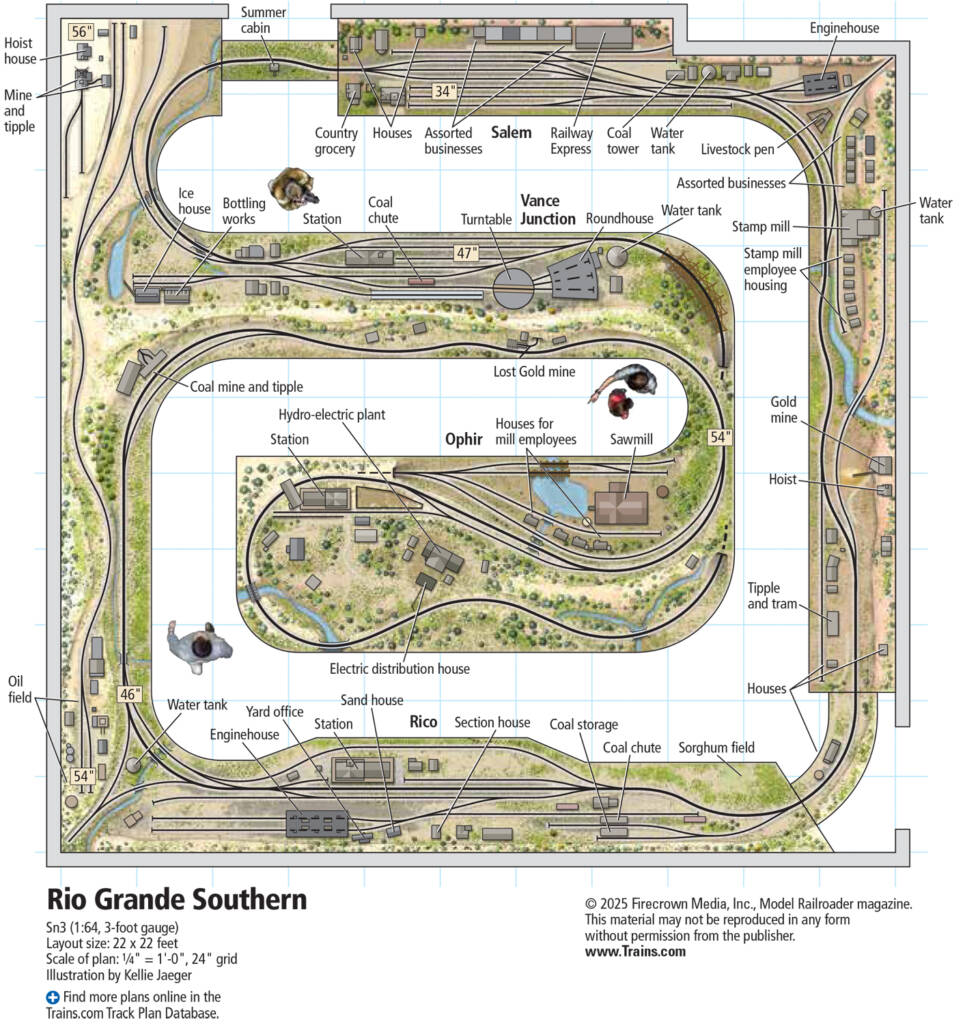
Facts and features Name: Rio Grande SouthernScale: Sn3 (1:64 proportion, 3-foot gauge track)Size: 22 x 22 feetPrototype: Rio Grande SouthernLocale: ColoradoEra: 1930Style: walk-inMainline run: 154 feetMinimum radius: 36″Minimum turnout: No. 6Maximum grade: 4%Benchwork: open gridHeight: 34″ to 56″Roadbed: plywood and HomasoteTack: code 70 flextrack with scratchbuilt turnoutsScenery: plaster over chicken wireBackdrop: photosControl: NCE Digital Command […]
Read More…
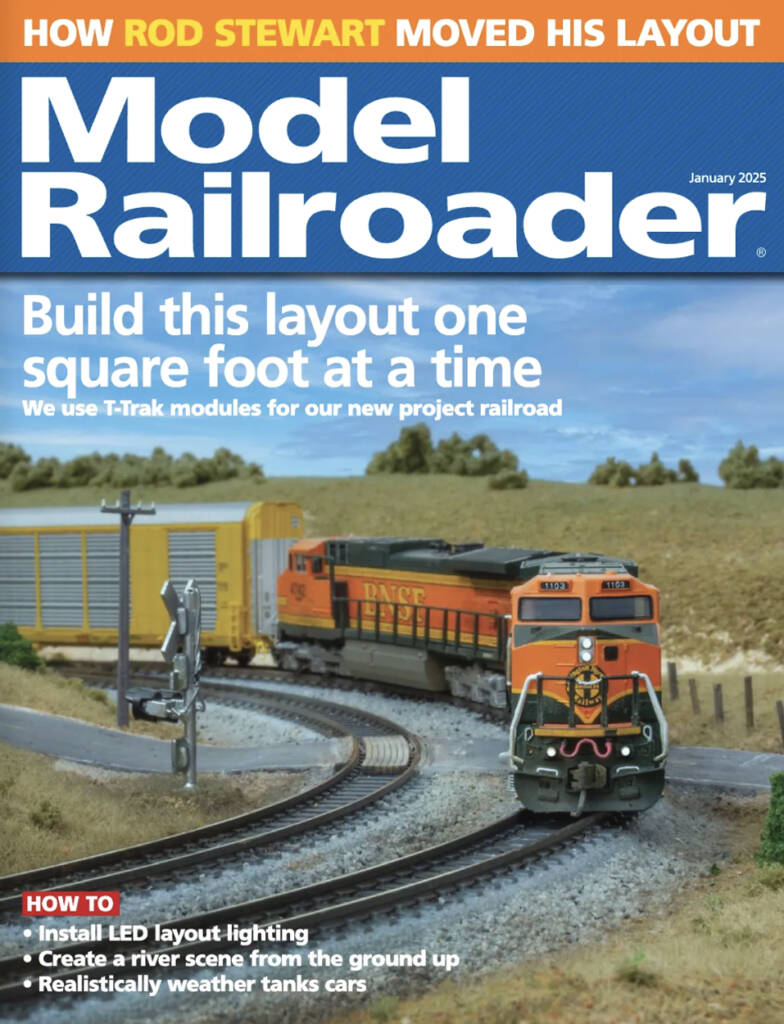
Also in this issue: ON TRAINS.COM, pg. 6 The latest features on our website FROM THE EDITOR, pg. 8 Welcome to the hobby! NEWS AND REVIEWS, pg. 10 Hobby industry news ASK MR, pg. 18 Identifying buffer cars STEP BY STEP, pg. 24 How to model an industry-specific vehicle ON OPERATION, pg. 68 Super-sized operating […]
Read More…
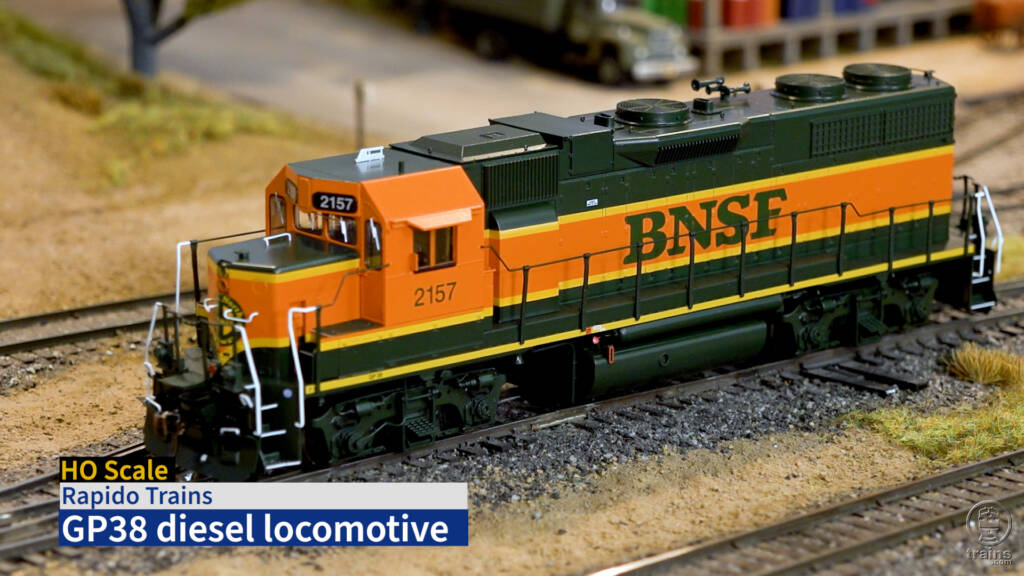
Hey folks, it’s time for another product review video! This time around we’ll take a look at the Rapido HO EMD GP38 diesel locomotive. Join Model Railroader Senior Editor Cody Grivno as he shares a brief history of the Electro-Motive Division road unit and BNSF Ry. 2157; points out the various detail parts; and demonstrates […]
Read More…
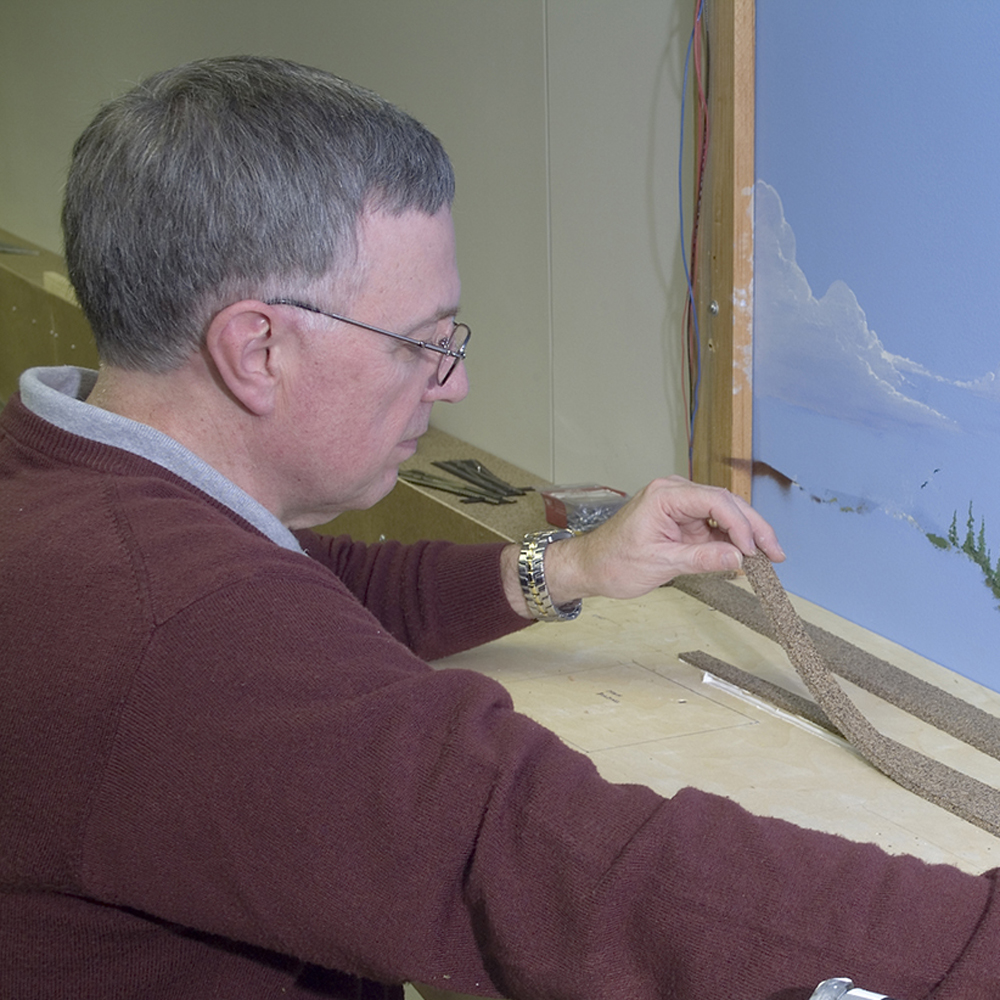
Q: What is the best adhesive to use for attaching cork roadbed to wood or extruded-foam insulation board? — Ronald Jaeger A: In Basic Trackwork for Model Railroaders — Second Edition (Kalmbach Books, 2014), Jeff Wilson wrote, “Cork can be nailed in place, but glue is a much neater option. I prefer white glue for […]
Read More…
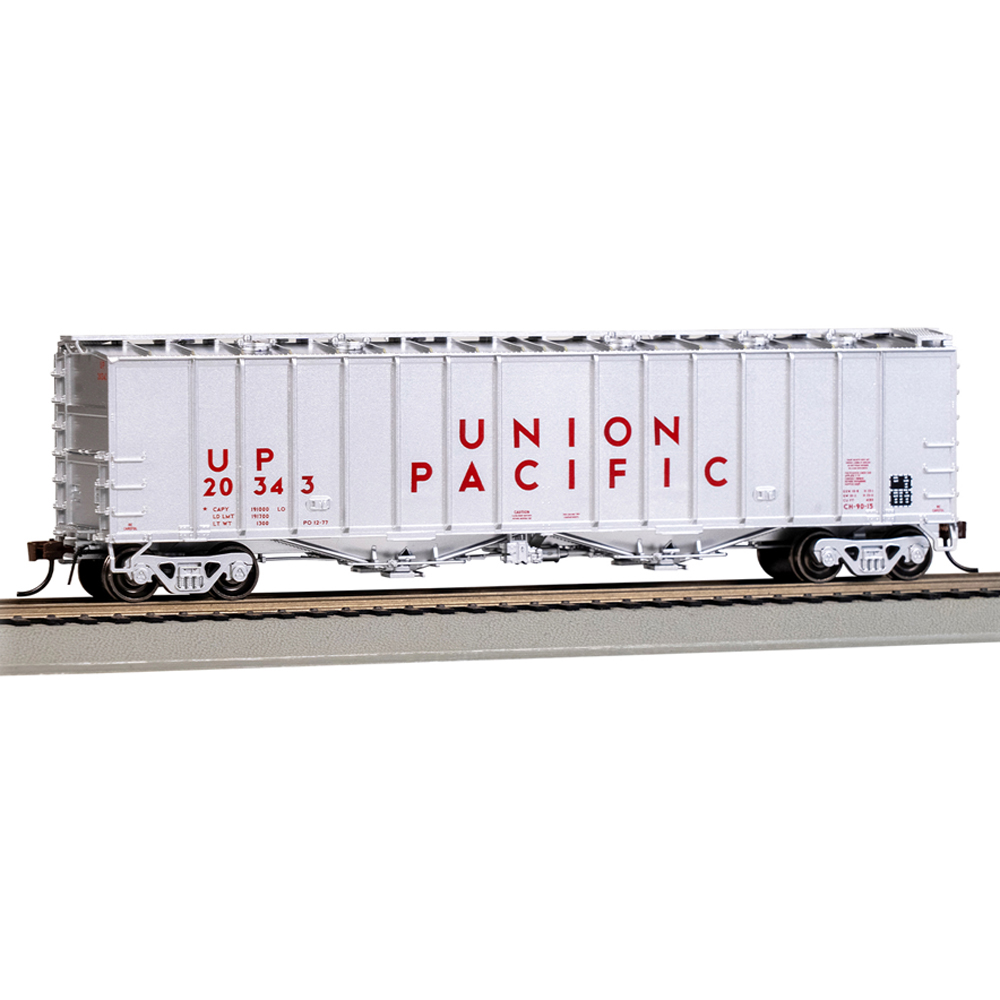
News & Products for the week of January 13th 2025 Model railroad operators and builders can get the latest information about locomotives, freight cars, passenger cars, tools, track, and more by reading Model Railroader’s frequent product updates. The following are the products Model Railroader editors have news on for the week of January 13th, […]
Read More…
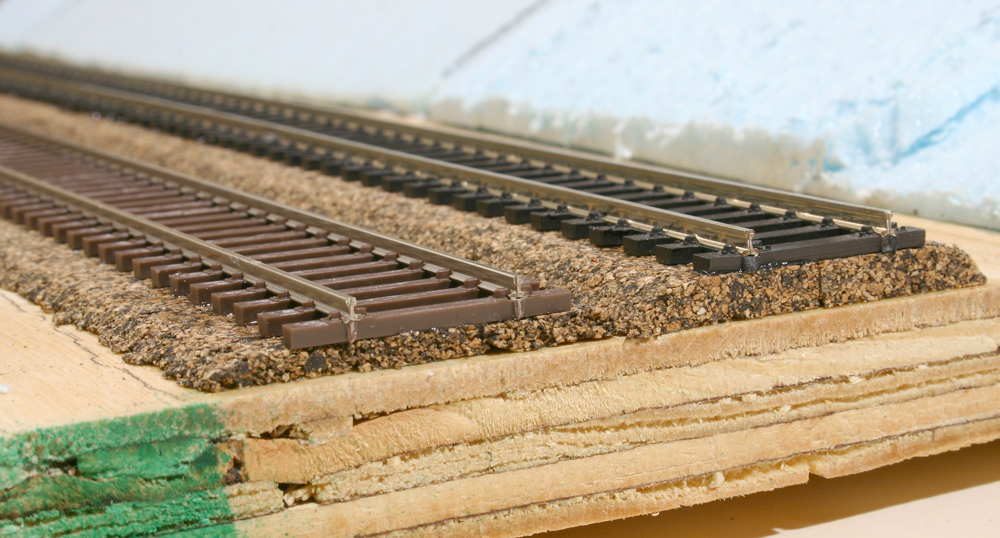
Whether you’re just beginning in the hobby or you’ve been at it for 50 years, almost every model railroader comes across this question: should you use flextrack or sectional track when building your layout? I’ve used both throughout my time in the hobby, and in multiple scales. My first suggestion would be to use both. […]
Read More…











